The sun was shining just an hour ago, but now clouds are piling on the horizon, and rain is heading your way. This doesn’t mean you have to cancel your camping plans, but it does mean that some extra caution should be taken. We’ve done our research (so you don’t have to!) and pulled together top tips for camping in the rain.
 Stay informed
Stay informed
This is no time to guess what Mother Nature is sending your way. While severe thunderstorms can happen any month of the year, the peak Severe Weather Season is during the spring months of March, April, and May. You can either buy a battery-operated NOAA all-hazards weather radio, download any of the following apps, or better yet, do both!
- NOAA Weather Radio — Listen to live NOAA Weather Radio All Hazards Broadcasts. Get the latest Warnings, Watches, Advisories, Forecasts, and other hazards 24 hours a day, 7 days a week. Apple | Google Play
- Storm Radar: Weather Tracker — This powerful, high-definition NOAA radar and tornado tracker is designed to help you stay safe, stay up-to-date, and weather the storm. Apple | Google Play
- WeatherBug — Our weather network delivers the fastest alerts and the best real-time forecasts (current, hourly, and 10-day). The weather app has 18 different weather maps, including Doppler radar, lightning, wind, temperature, alerts, pressure, and humidity. Apple | Google Play
- AccuWeather: Weather Alerts — Get the accurate weather forecast you know you can rely on with AccuWeather. With in-depth forecast news, the latest forecast updates, severe weather alerts, and much more. Apple | Google Play
Be prepared
If there is potential for rain, keep your umbrella and poncho handy and make sure your wheel chocks and leveling blocks are easily accessible, recommends the Road Trip Republic. And if the rain is pouring down, don’t try to unpack everything once you’ve arrived. Settle for essentials and do the rest once the storm has passed.
Add some extras
Glamper Life suggests bringing along durable tarps or a pop-up tent to allow you to get outside your camper without getting drenched. An outdoor camper rug (staked down, so the wind doesn’t take it!) beats walking in the mud, while a boot tray right inside your door keeps mud from being tracked through your camper. Note: If you have an awning, Good Life RV recommends using it only during light rain with minimal winds. Otherwise, in a major storm or high winds, you run the risk of damage to the fabric or the mechanism. And if you do use the awning, let it dry before rolling it up again.
Pick your site with care
Whether you’re staying at a campground or boondocking, take the time to choose a site that won’t put you in danger in case of a severe storm. Just because it looks fine now when there’s just a drizzle doesn’t mean it will be safe when you’re dealing with a downpour, strong winds, or lightning. Hillsides or sandy beaches should be avoided, says Lakeshore RV Center, since both can quickly become landslides or quicksand.
Ask about a shelter and evac route
Staying at a campground? Ideally, you would have researched weather-related risks ahead of time, but at the very least, once you arrive, ask about emergency shelters (onsite or nearby) and evacuation routes in case of flash floods, hurricanes or tornadoes, or mudslides. As Mobile RVing points out, it’s up to you to be responsible for your own plan and know when to act on it.
Tip: Staying in your camper in a tornado or hurricane is generally not recommended.
Watch out for winds
Don’t park under trees. That lovely breeze can turn into strong gusts that will bring down heavy branches. And, says Mobile RVing, don’t forget to tie down your belongings or bring them inside so they don’t pull a “Wizard of Oz” disappearing trick!
Avoid potential mudslide areas
This is especially important if you’re boondocking. Parking at the bottom of a slope or in an area where there have been wildfires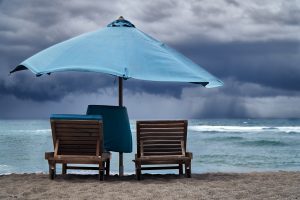
Keep away from the water
Ah, the lovely sound of lapping waves against the beach. Uh, oh… the scary sound of waves pounding against the side of your camper. If there is rain in the forecast, you should know enough about your location to weigh the potential for rising water in a heavy rainstorm. And as a general rule, the US Forest Service says to park at least 200 feet away from the water and never on stream banks since that will compact the soil, damaging the roots of streamside plants and trees.
Stay charged up
Strong storms can cause power outages, lightning can trigger wildfires, and tornadoes can flatten buildings and uproot trees. And all this means those electrical sources you were planning to use are no longer an option. Make sure you keep your phone and backup battery fully charged, so you have a way to communicate, says Lakeshore RV Center.
Tip: Have a charged power bank ready to go in case the power goes out and you did not have the time to charge your mobile devices. Also, pack battery-powered lights in case of outages.
Pack entertainment options
Whether you’re traveling with kids or making a grown-ups-only trip, bring along something to do when the weather keeps you inside your camper. Board games, cards, a good book or magazine, and crafts supplies can keep everyone busy. Or download apps like Chimani: National Parks Guide (Apple or Google Play) or Roadtrippers (Apple or Google Play) and use the time to research on your locale so you’ll have some ideas of where to go once the sun starts shining again! (The KOA blog has more tips!)
Do a post-rain review
Are there areas where the rain has made its way into your camper? Did those long rainy hours make you think of what you wish you had to pass the time? Did the wind or rain damage your awning? Before you set off on a sunshine-filled drive, make a list of what needs repaired, replaced, or added to your inventory before the next time a downpour happens!
Recent Articles
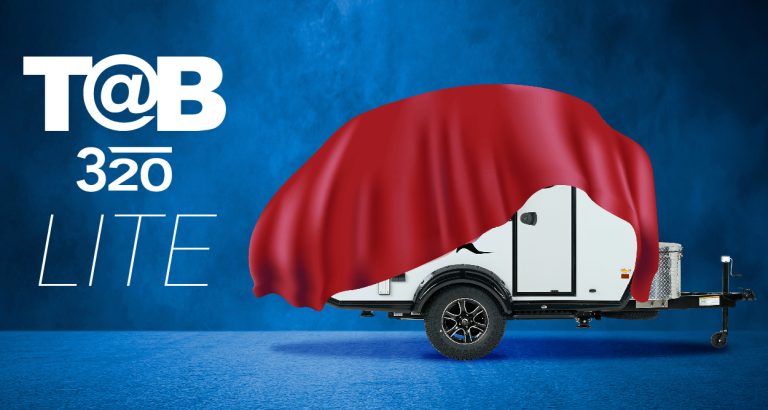
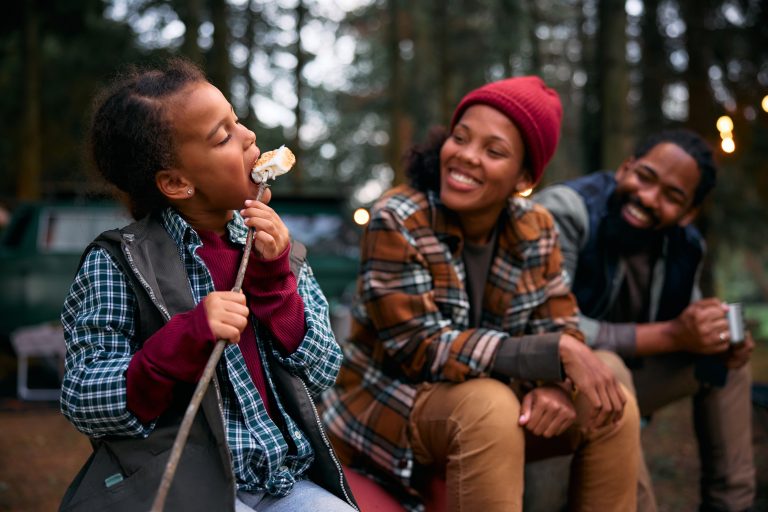
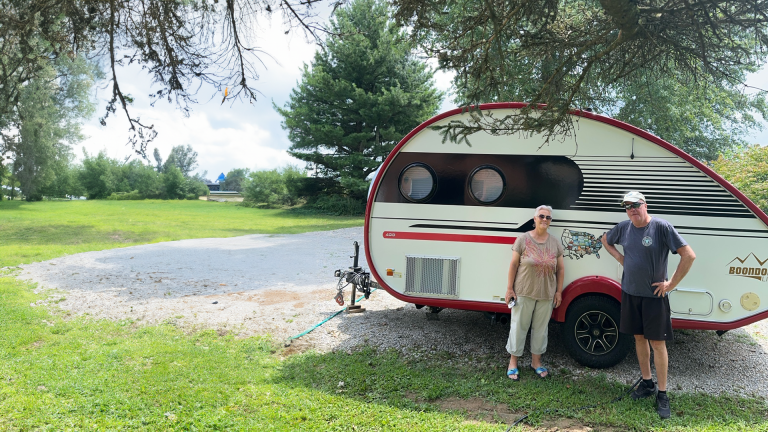
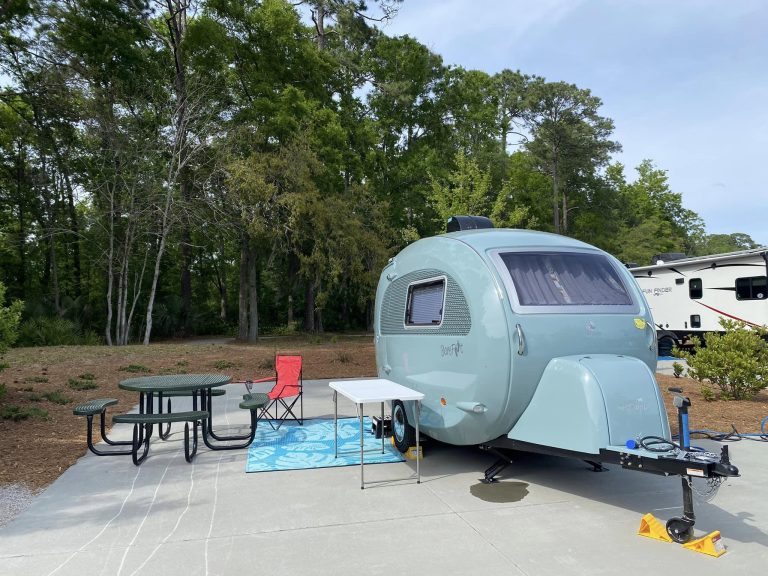

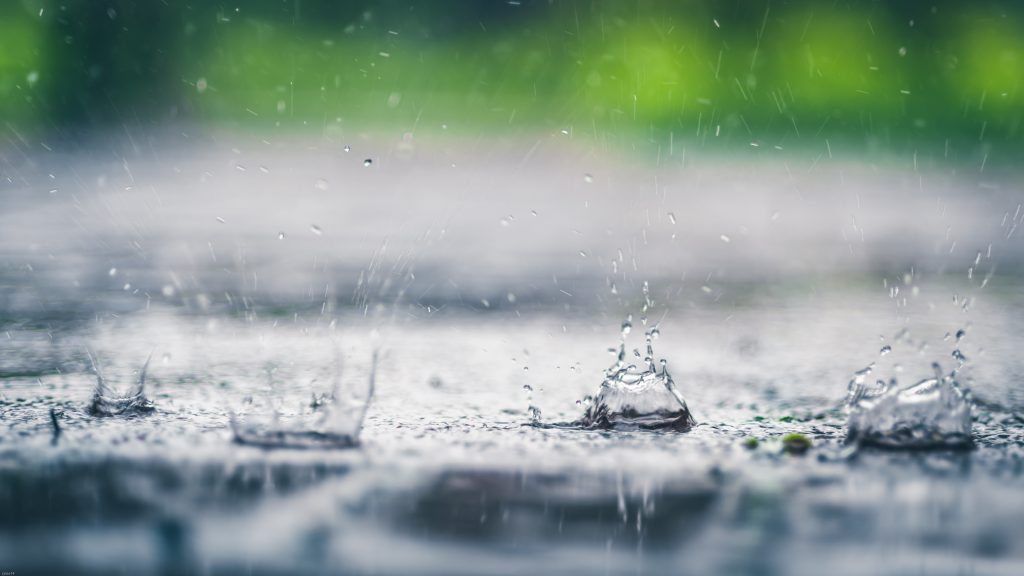
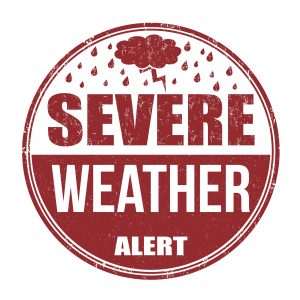 Stay informed
Stay informed
